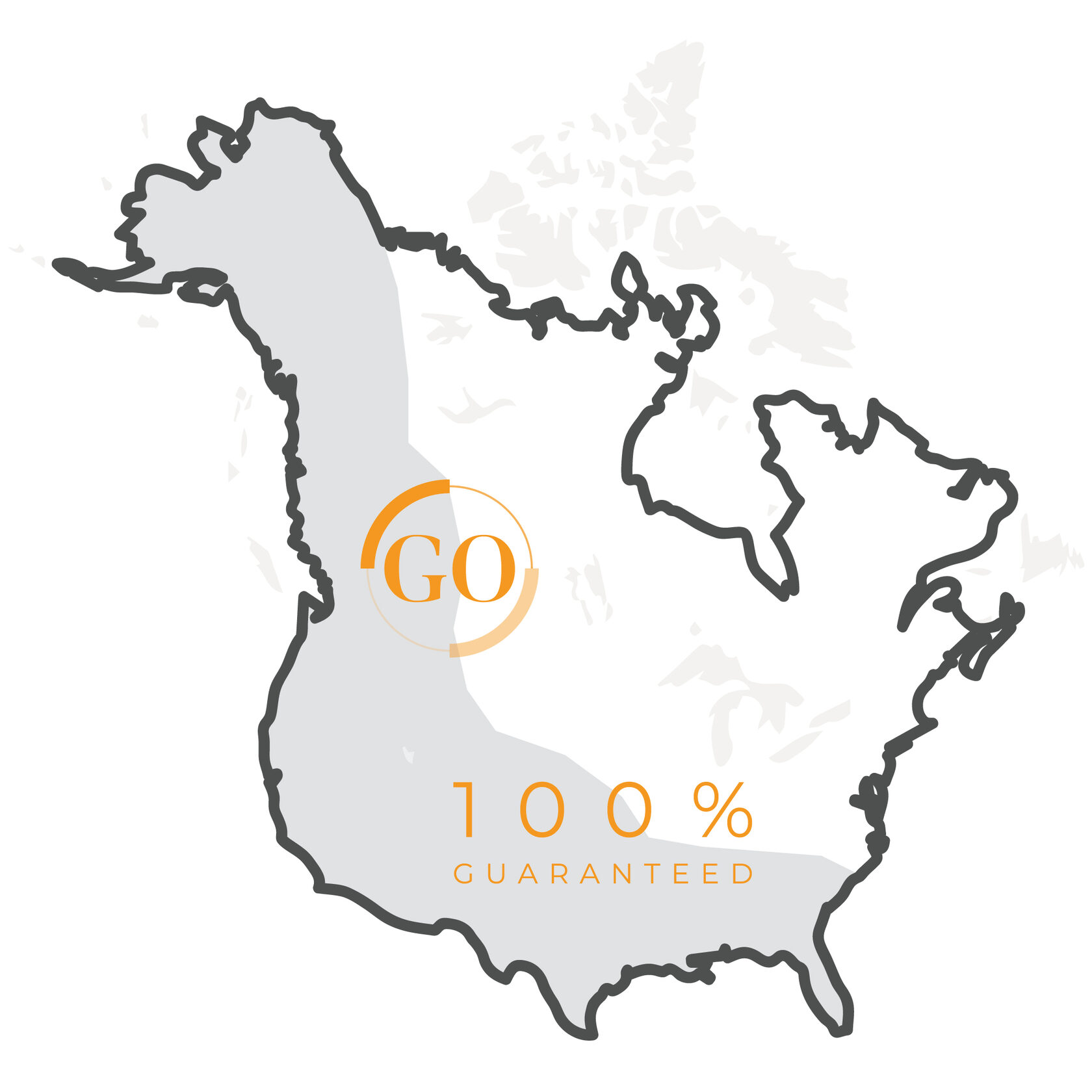
approval on your HACCP plan
We work with you to meet any target that you have regarding HACCP related deadlines and keep you focused on the business at hand.
We have delivered HACCP plans within 24 hours of first meeting new customers.



SOUS VIDE AND COOK CHILL
Every Health Department requires a HACCP plan for foods placed into oxygen-impermeable packaging for Sous-vide and/or Cook Chill processes.
Sous-vide is an innovative culinary advancement that demands additional food safety requirements as the process involves lower temperatures and vacuum packaging. However, it also provides other benefits from the technology used in the process.
On the other hand, Cook-Chill is a simple, controlled system of advanced food preparation in which foods are fully cooked, vacuumed-packaged, rapidly chilled, refrigerated for storage, and reheated before serving.

SUSHI RICE
Sushi rice is a specific kind of preparation. Adding a vinegar solution lowers the pH of the sushi rice and prevents the growth of dangerous germs. Health Departments request a HACCP Plan to assure the safety of sushi rice since each sushi chef follows their recipe with varying volumes of vinegar solution, resulting in varying pH values.

SMOKING
Restaurants often use Smoking because it extends the shelf life of meat products using the antimicrobial properties of specific chemical components contained in smoke. However, all establishments that seek to utilize smoking for preservation must have an approved HACCP Plan to control foodborne pathogens.

CURING
The advantages of restaurants curing their food, particularly meat, are that there are no transportation delays, as opposed to suppliers that ship their meat in trucks from hundreds of miles away.
By applying any combination of salt, sugar, nitrite, and/or nitrate to meats for preservation, taste, and color, curing extends the life of meat by making it unfriendly to the growth of pathogens. However, the wrong amounts of cures may represent a food safety issue for consumers. Therefore, a HACCP Plan is an essential and required tool to control the process and avoid any public health issues.

VACUUM PACKAGING FOR STORAGE
Some goods (raw meat, raw poultry, and raw vegetables) can be vacuum packaged safely with temperature and labeling regulations and appropriate hygiene. However, every restaurant engaged in this process must submit a HACCP Plan to the corresponding authorities.

FERMENTATION
The popularity of fermented foods and beverages is rising. Now, you can find kombucha in any cafe and more varieties of yogurt, sauerkraut, and kimchi in your neighborhood grocery.
Foods and drinks that have adequately undergone controlled microbial growth are considered fermented. Therefore, a HACCP plan to maintain pH is essential and required by the regulatory authorities for food safety.
process works
does it cost



